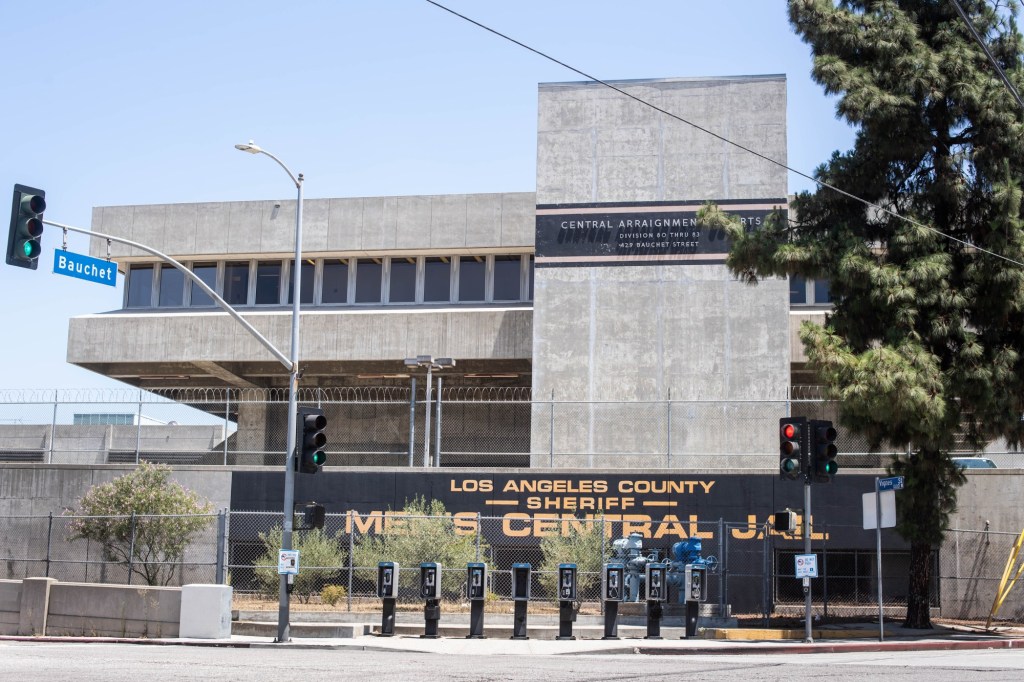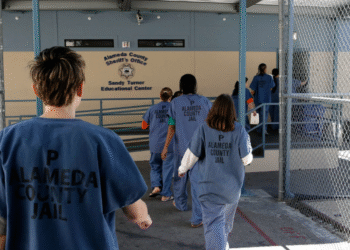When it started last fall, Los Angeles County’s experiment with “zero bail” immediately led to fury and concern: With the Superior Court launching an effort to shift away from its traditional money bail system, some in local law enforcement as well as elected leaders from around the region said the plan had gone too far.
A long list of low-level crimes now carried $0 in bail — chaos and crime waves were sure to follow, critics of the reform warned.
But nearly six months in, none of the worst fears of zero bail’s harshest critics have come true, court leaders say. And they have the data to show it.
Few of those booked under the new protocols have reoffended, said David Slayton, the L.A. County Superior Court’s CEO since late 2022. He said those most at risk of recommitting serious crimes are staying behind bars.
“This was a big change,” Slayton said. “(Money bail) is the way we’ve been doing this for decades. It’s all people really know.”
In the first three weeks of the program, out of 435 people arrested who judges released after reviewing their cases, just two were later rebooked for new offenses. Since then, with thousands more cases reviewed and about 1,000 arrestees released, a handful of those have been rebooked, Slayton said.
“What the data shows,” Slayton said, “is that individuals who go through the screening process with the magistrates, very few of them have recommitted new offenses.”
The court’s new rules determining who to keep behind bars after they’re arrested are known as the pre-arraignment release protocols, and they replaced traditional money bail with a system that assigns no bail to most low-level, non-violent crimes. For those accused of more serious crimes, a judge may keep them locked up based on individualized risk assessments.
Suddenly, offenses like drug possession, petty theft and trespassing carried no bail, instead becoming citations with a promise to appear at a future court date. Some…
Read the full article here







